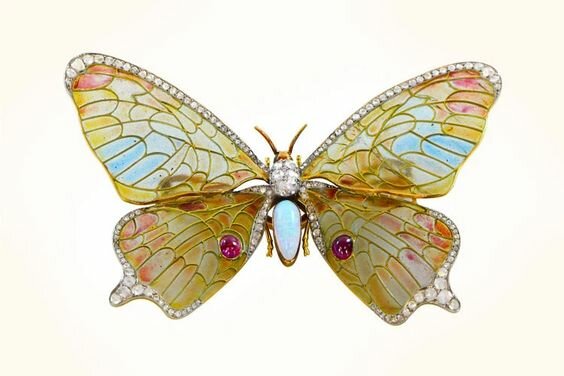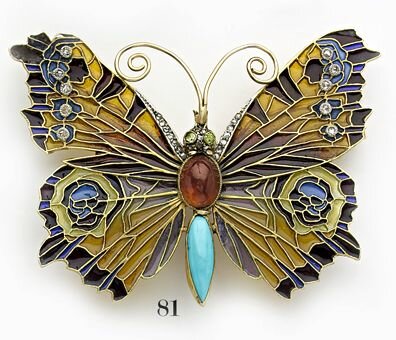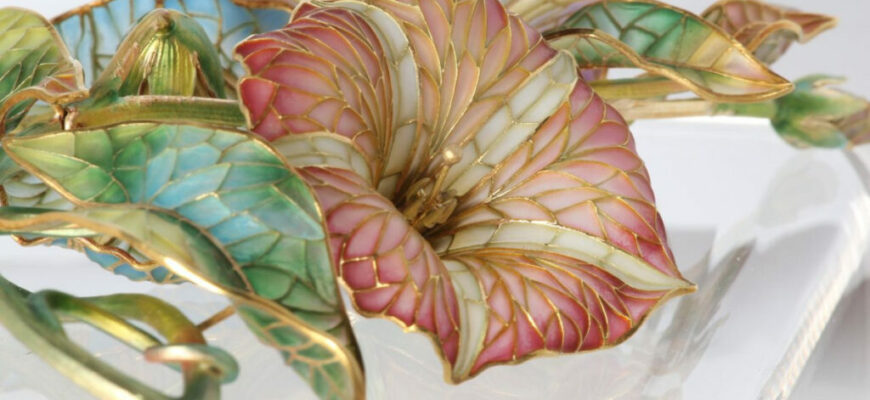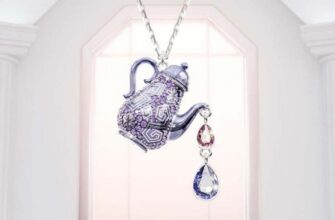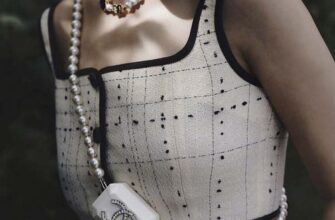Looking at the delightful Art Nouveau jewelry, one involuntarily asks the question - how did the masters manage to make such fragile, weightlessly lovely things? Especially wonderful are the mica wings of dragonflies, the leaves and petals of flowers in living veins and, of course, the colorful and quivering wings of butterflies!
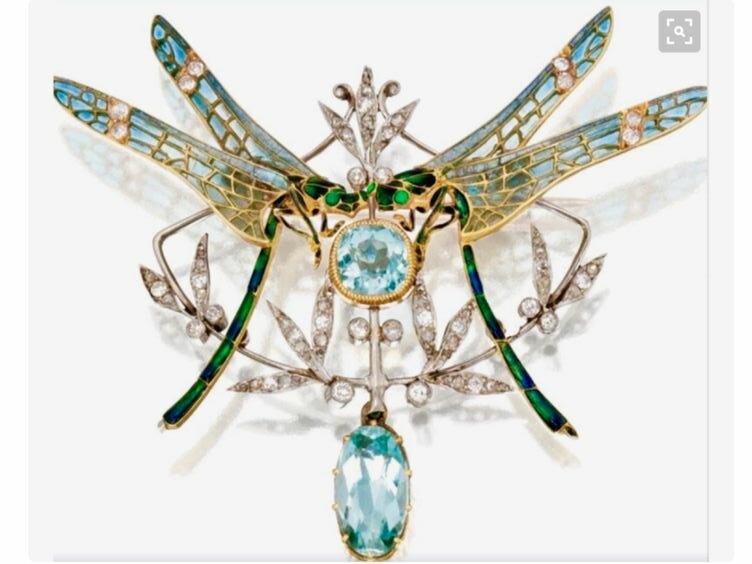
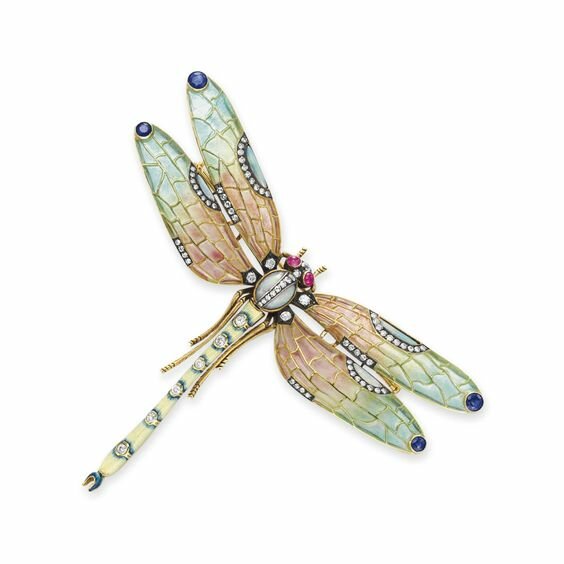
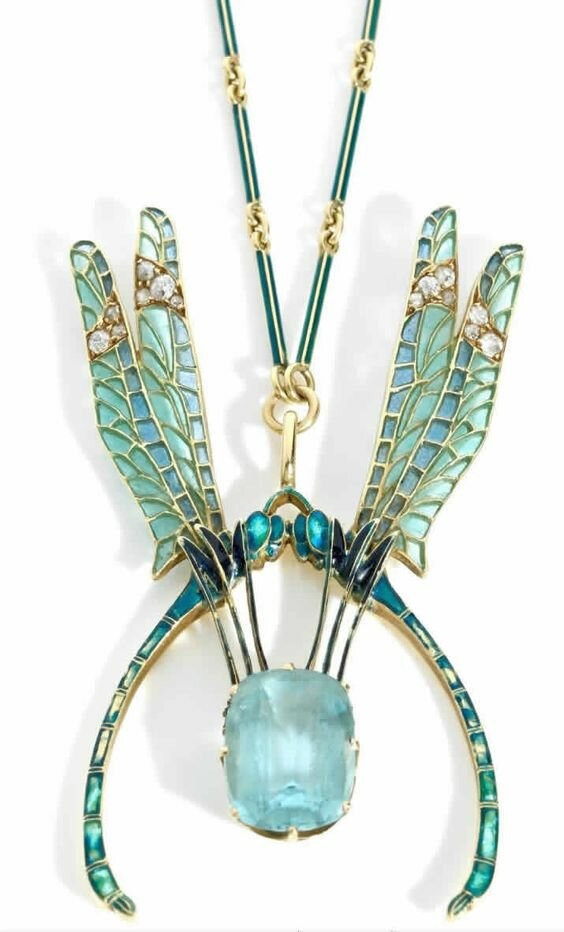
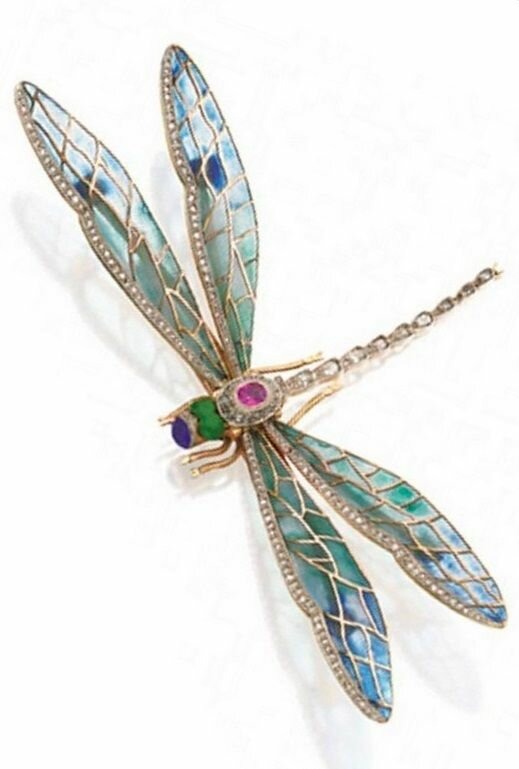
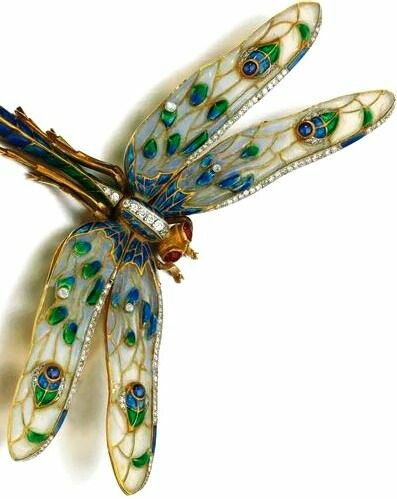

The Secret of Air Ornaments art nouveau jewelers in technology mini stained glass cloisonne enamel, whose name is Plique-à-jour (French for “letting in daylight”).
This type of cloisonne enamel is very time-consuming and complex. A temporary substrate is applied to the woven metal frame of the decoration.
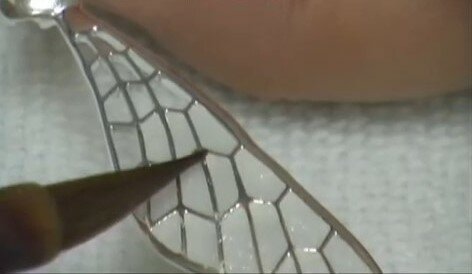
Then - multi-colored enamel.
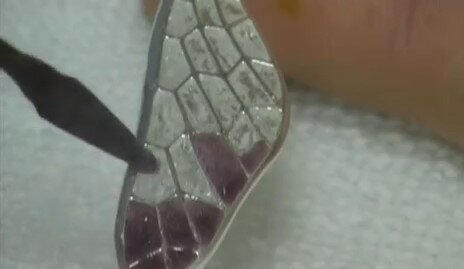
After that, the product is processed, in which the temporary substrate is removed.
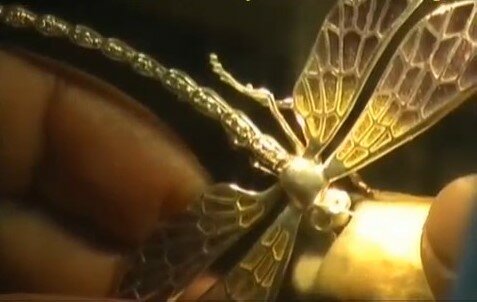
And a fragile, luminous creature is born.

The technique requires attention and jewelry precision and subtlety, since any wrong movement during heat treatment and grinding can destroy the entire work.
Gallery with Art Nouveau flowers:
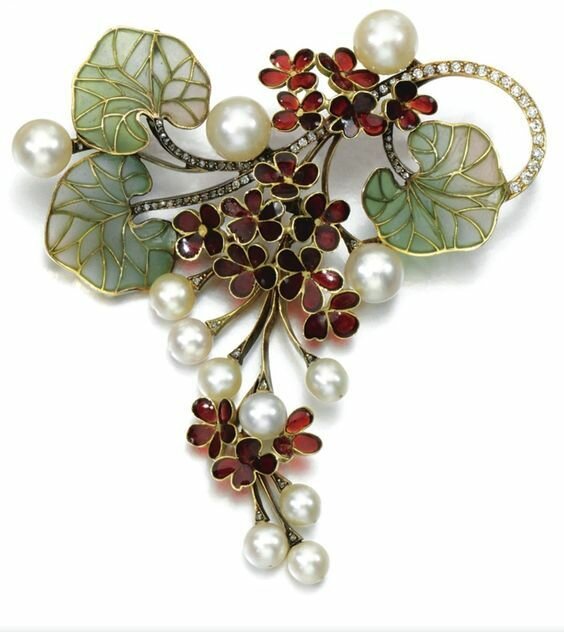
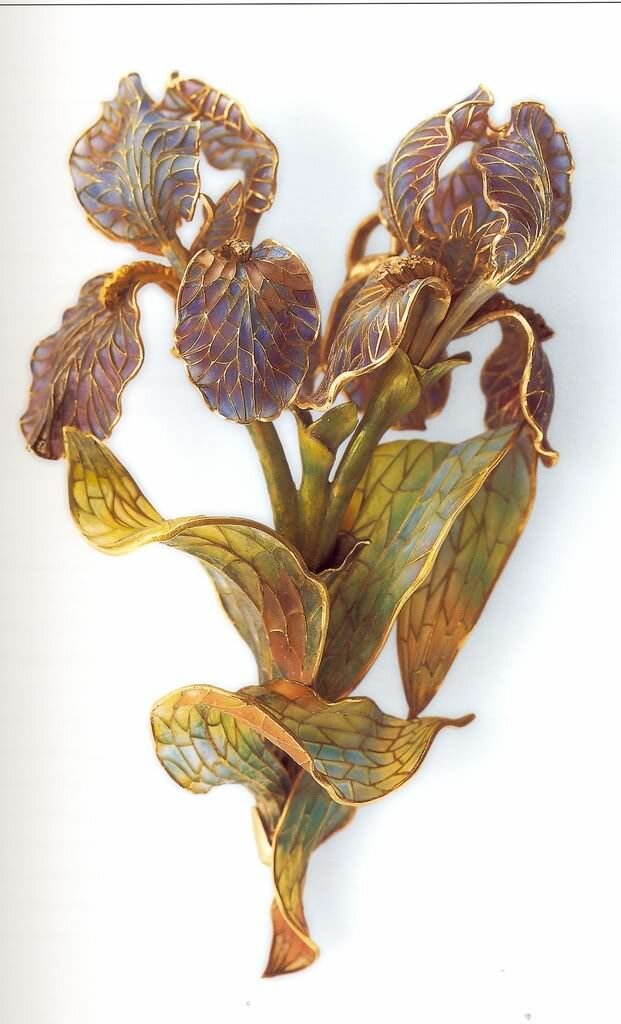
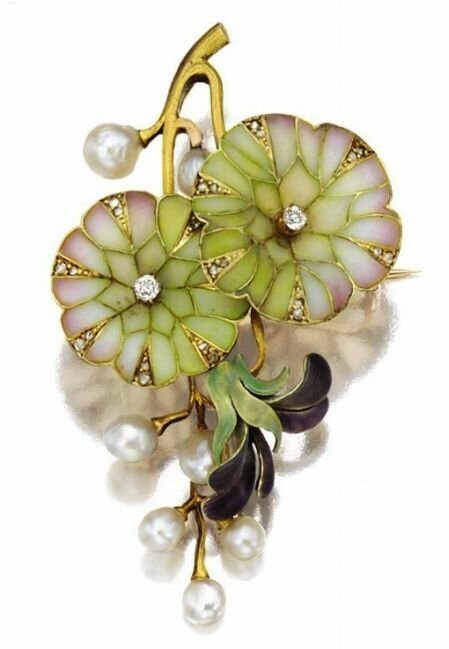
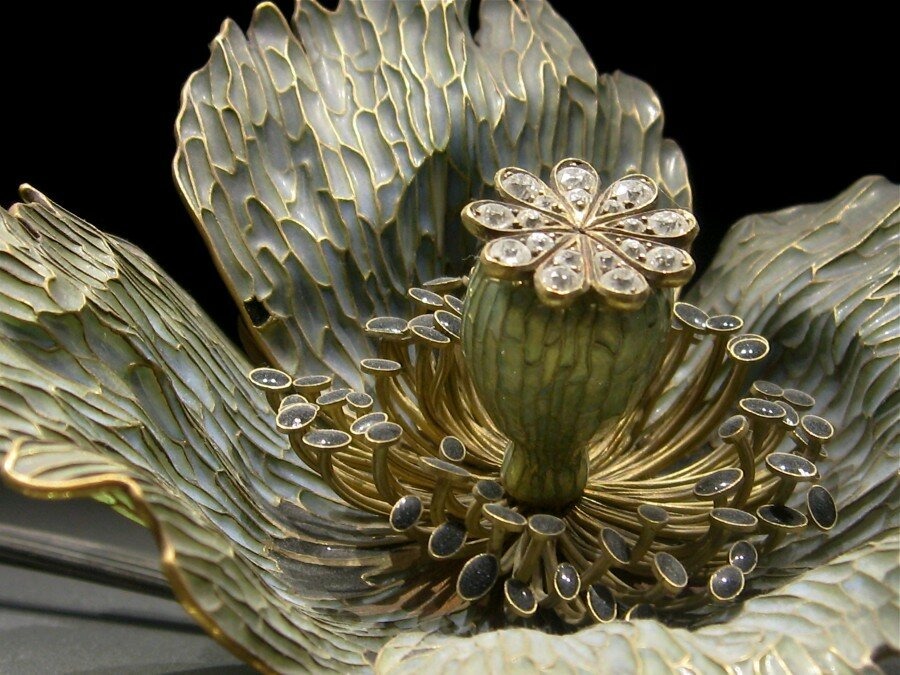
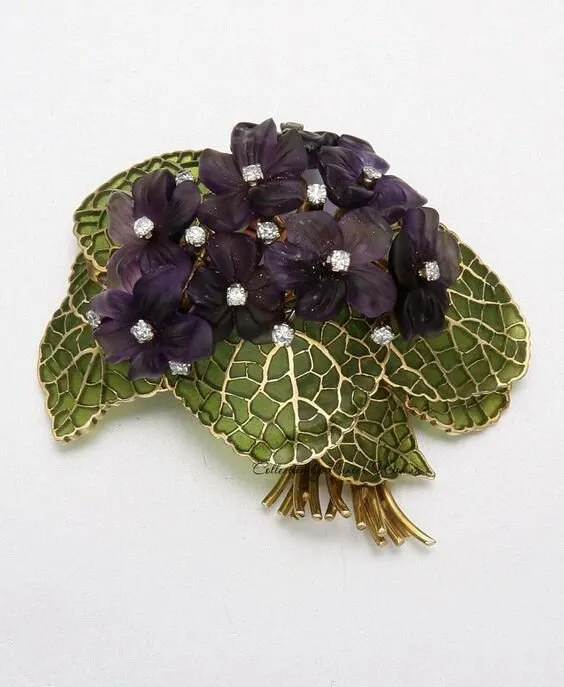
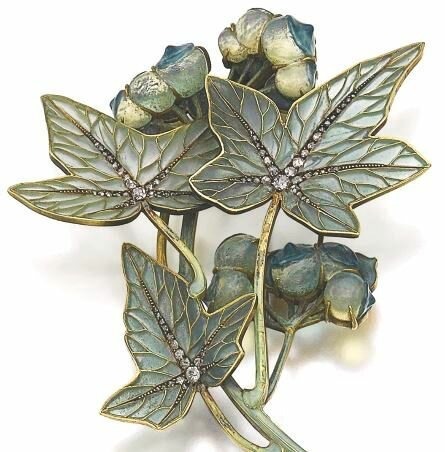
In the 6th century AD, the plique-à-jour technique was known in Rus', but was lost around the 13th century due to invasions and wars.
The technique was adopted by the masters of Western Europe, and the French term appears from about the 14th century.
A complete description of the process is illustrated in Benvenuto Cellini's Treatises of 1568.
At the end of the 19th century, during the revival of jewelry traditions, the technique of cloisonné enamel became especially popular in Russia.
Well, in the West they call plique-à-jour - Russian - Russian plique-a-jour
Gallery with beautiful art nouveau butterflies:
